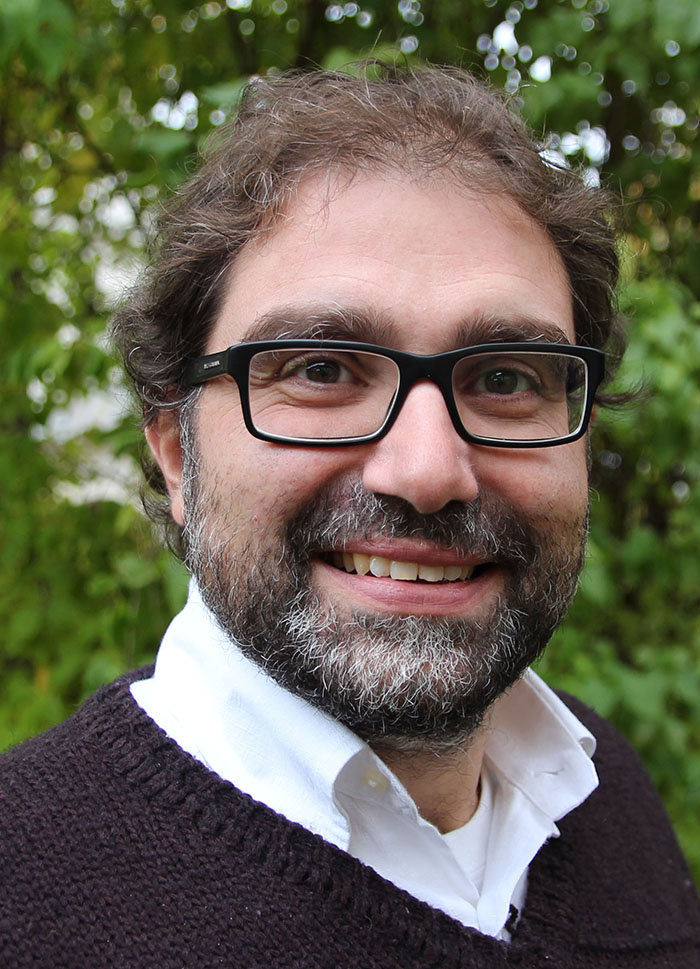Seminar: Horospheres topology and extension of univalent maps

Professor Filippo Bracci is usually based at the University of Rome "Tor Vergata", but the academic year 2016/2017 he is part of the research project Several Complex Variables and Complex Dynamics.
Abstract for the seminar Thursday 3 November
Professor Bracci has written the following abstract:
The classical Carathéodory prime ends theory is the main tool for studying boundary behavior of univalent maps of the unit disc.
The theory by itself has not much to do with holomorphicity, and, in fact, it works also in higher dimension for quasi-conformal maps. Unfortunately, not all univalent maps in higher dimension are quasi-conformal, and this rises up the question about how to study boundary behavior of univalent maps, even from simple domains like the unit ball.
In a recent paper with Hervé Gaussier, we introduced a Carathéodory prime ends type theory for (Kobayashi) complete hyperbolic manifolds and, as an application, we showed that every univalent map from the ball (or more generally from bounded strongly convex domains with smooth boundary) into C^n whose image is bounded and convex (but no further regularity conditions assumed) extends as a homeomorphism on the closure of the ball.
Our construction goes as follows:
first we define an abstract boundary using “horospheres sequences”, then we define a topology on the manifold together with its "horosphere boundary”. Since our construction is made up using the Kobayashi distance, it turns out that every biholomorphism extends naturally to a homeomorphism up to the horosphere boundary in the horosphere topology. We showed that for strongly pseudoconvex domains, the horosphere topology is homeomorphic to the Euclidean topology of the closure of the domain. While, for instance, for the polydisc, the horosphere topology restricted to the horosphere boundary is trivial (giving another proof of Poincare’s classical result). Then we use our machinery plus Gromov’s theory to prove the extension result. It should be pointed out that, due to the polydisc example, the horosphere boundary is not in general homeomorphic to the Gromov boundary.
The content of this talk is to clarify to a certain extent what I stated here.